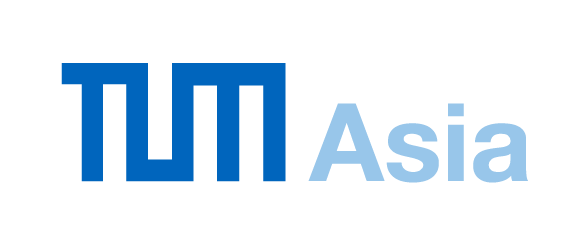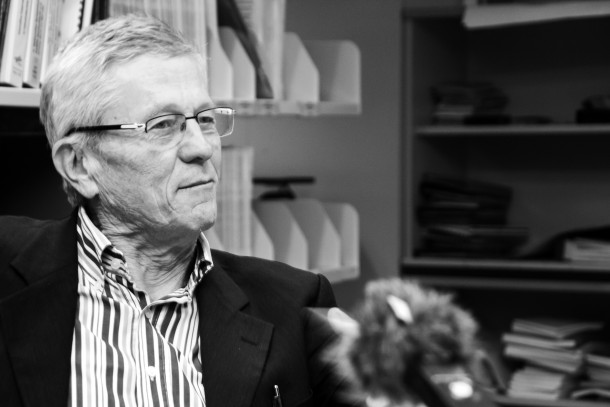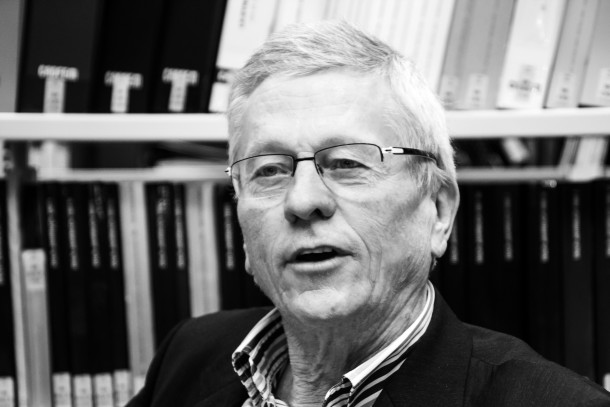The DIGEST team had the opportunity to interview Professor Horst Baier, who has been teaching in TUM Asia since the inception of the Aerospace Engineering programme. He shares more on the Aerospace industry and how he brings his experience from the industry into the classroom.
Hi Professor Baier, can you share with us about your work in the Aerospace industry before becoming a professor at TUM?
Prof. Baier: I joined the industry after finishing my doctoral studies in 1977. At Dornier – which is now part of Airbus Group – I continued my research work for a couple of years in model based structural and multidisciplinary design optimization methods, with a clear focus on applications. Later, I took over a department with over 50 people, where I worked in the field of structures and structural mechanics. Following that, I was appointed as Chief Engineer for Mechanical Systems, with application mostly in aerospace, but also other areas as well. Through these different roles, I experienced how important it was to lead and manage while possessing a strong knowledge of engineering. I realized that it involved a combination of different aspects which helped to successfully solve challenging engineering tasks, something which became a guideline for my teaching activities.
How did you come to be associated with TUM and eventually to teach in Singapore?
Prof. Baier: After having stayed for 20 years in the industry, I received an offer in 1997 from TUM to join the Aerospace department and to head the Institute of Lightweight Structures. Such a transition from industry back to university is quite common in engineering at German technical universities, apart from the theoretically based disciplines. This means that professors know both sides of the coin – experience in industry and in academia, with all its pros and cons. It was around 2009 when I was asked to consider teaching some of my lectures also at TUM Asia, where a master programme in Aerospace Engineering was going to be established. I agreed without hesitation and took it as a challenge and also as a chance for a new experience. Till today, I am still happy that I did so.
What is your impression of the Aerospace industry in Asia compared to Europe?
Prof. Baier: The Aerospace industry in Europe is 100 years old, with more tradition and has gone through many evolution steps. Because of these deep roots, things in Europe are broader, wider and often deeper in a certain sense than in Asia. However, Asian countries are quickly catching up. This not only holds for the big players like China and India, but also from smaller Asian countries providing special contributions, components and subsystems, being either “mechanical” or “electrical”. I am aware of several German companies which have established good working relationships with Aerospace companies in Singapore and they benefit well from
each other. I think that cooperation should be even more enhanced in both in academia and in industry, which also includes small and medium enterprises.
Tell us more on the modules that you teach in TUM Asia.
Prof. Baier: Since the establishment of the Aerospace Engineering programme at TUM Asia, I have been teaching two modules; Fiber Composite Materials and Lightweight and Aerospace Structures. The lectures on Fiber Composite Materials are material oriented and due to the material’s special behavior, I place the focus on thinking, designing, analyzing and working with such materials. The lectures on the second module have origins from the other end of the development chain. The discussion of typical and different criteria and loads for Aerospace structures, how are these criteria and loads determined, and what do they mean for design and development steps, also including different tests. These things are substantiated by a set of large-scale practical examples. I hope to make the students aware and to lay the basis to identify and achieve the required syntheses. This then means that they will be able to easily define the criteria, create proper design concepts and materials, simulation and test methods, and also relevant quality assurance aspects.
Now that you have been to Singapore for almost a decade, what are your impressions of Singapore?
Prof. Baier: Inside the classroom, the most obvious difference between TUM Asia and TUM Germany is the size of the classes – in some of my lectures in Munich it is tenfold larger than that at TUM Asia. However, TUM Asia students are equally keen to learn things as the students are in Munich.
Out of the classroom, I enjoy staying in Singapore and visiting the downtown areas and even more so the less populated areas and parks. It is also enjoyable to do my daily rounds at the outdoor pool, where I do not have to worry about the air temperature. On the other side, I see significant changes in the infrastructure as more and more buildings grow over the years. I very much hope that Singapore will be successful in its planned longer term transfer from a “city in a garden” to “a city in nature”.
What are some challenges in the workplace that students should be aware of?
Prof. Baier: First of all, the challenge students should be aware of in my eyes is an old one. Since they would very likely start their career not as a boss but as a young engineer in the development, design or production departments, they should focus on gaining knowledge in their field of interest. Soft skills are also relevant, but knowledge is the basic skill that one has to build on. Continuing to learn and growing the theoretical knowledge during their professional life is important in today’s world as changes in the industry occur at a faster pace than before.
What are your hopes for the future of the Aerospace industry?
Prof. Baier: The aeronautical industry has defined its long term goals to achieve drastic reductions in the environmental impact of aircraft, which over a longer term could lead to a fundamental redefinition of aircraft concepts. For space, apart from continuing astrophysical investigations, the space community will further promote the application of communication as well as earth and weather observation satellites, and will have to find good ways to significantly reduce launch cost. This again is a matter of defining proper systems combined with good engineering in the different subsystems and disciplines, but also of having good ideas “out of the box”.
—
The full interview with Prof. Horst Baier was published in our regular newsletter, DIGEST. Read the full article on pages 16-17 here >>
Prof. Baier teaches in our joint TUM-NTU Master of Science in Aerospace Engineering programme, which has been running since 2009. More information about the programme >>
Admissions for the joint TUM-NTU Master of Science in Aerospace Engineering programme opens on 15 October every year. Apply here >>




